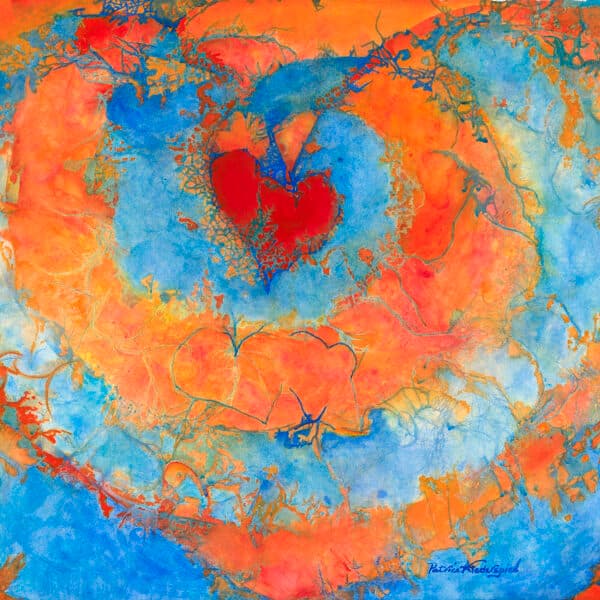Dream Big
At the North Hilo Sculpture garden of artist Michael Shewmaker, bigger is better.
BY Brooke Rehmann
Art often demands an ability to see things that are not always specifically shown to you but may be presented in such a way that your mind begins to wander, to imagine possibilities it hadn’t considered before. Sometimes it requires a sense of humor or an appreciation of the unusual. Michael Shewmaker, an artist living and working on the North Hilo coast, creates massive abstract sculptures displayed in his own backyard sculpture gallery that are strikingly beautiful, humorous, thoughtful, and structurally and energetically robust,compelling a viewer to imagine the possibilities, perhaps some never considered.
When I visited Michael’s sculpture garden, I was awe struck by the size and scale of his pieces, while also being intrigued by the process of making each sculpture. The large pieces had me wondering how they were produced here on our island in the middle of the Pacific Ocean. Michael shared that when he creates a piece, he designs a small version as a model, which is then sent off to his fabricator who creates the pieces and ships them back to him. He’s had incredible luck, he tells me, that the fabricator creates his pieces exactly as he envisions them. The only constraint, however, is the size of a shipping container in order for him to get the completed pieces back home. This is one disadvantage to living on an island in the middle of a vast ocean—had he been stationed on the mainland, he could use trucks to ferry his pieces around.
Still, the limitations of size and scope do not seem to be holding Michael back. Only a quick glance of his sculpture garden would tell a viewer that his imagination is always at work, and doesn’t seem to be slowing down any time soon. The garden is the work of the past 15 years of his life; and in his late 60s, his future goals include working more with clay or stone. However, as we sit on his lānai (patio) sipping iced tea, he shares, “To me, these are my maquettes. I want them to be tremendously larger, 300, maybe 600 feet.” Already awe-inspiring at this humbling size, it doesn’t take a ton of imagination to imagine the beauty of these in this larger scale.
But for Michael, all of this is a privilege, to have your life’s work so readily available, right in your own backyard: “I asked myself, what is the goal? I could do more making the garden than scattering the pieces with the wind. Once I started, I had a dream that if you could do two pieces a year, then after five years, you’d have 10 pieces, 10 years, I’d have 20 pieces. And that’s how it’s gone.” But not every piece of his work resides in his garden. Some have traveled extensively to North Carolina, Colorado, Los Angeles, the Grounds for Sculpture Garden in Hamilton, New Jersey to Art Week in Miami, and almost everywhere in between. “Every piece is strictly from my imagination. It is a huge privilege to create art as I see it, especially at this scale.”
Most of Michael’s work is abstract, but a few pieces are representational. While abstract is his first love, he has sculpted a lion, inspired by the Sphinx sculpture he saw at the Metropolitan Museum of Art (MET) in New York City. This sculpture as well as the sculpture of Braddah Iz gives visitors a familiar starting place: “These pieces give those who come here and can’t relate to abstract art something to start with. People often have to develop a taste for abstract art.”
Then there are the Pop Art pieces, the ones that make Michael laugh. As we walked up to this giant yellow piece, a sculpture with the word “it” written in lower case letters that sits at the bottom of his property, Michael says, “Well, this is ‘it,’” in a way that tells me he relishes the joke each time he says it. And who could blame him? This, really, is it. And why the yellow, I wonder, when everything else is the color of steel or white? “Because the best yellow is the Lamborghini yellow,” he says. He specifically looked up the color from a 1970s model, found the ID number, and voila, this is now “it.”
The other piece that makes Michael laugh is a massive metallic nut, sitting at the top of his property. As we walk up to it, he tells me the story of how he had spent years hoping to make a circle, something to capture the chi force that has been influential over his and his wife’s life, but had been unable to come up with a way to do a complete circle. One day, a nut fell on the ground in his workshop and the sun hit it in just the right way. “I thought, eureka! It has such power, but it’s also ridiculous,” he says with a laugh. It turns out that this piece is also the only one that violates his “must fit in a shipping container rule,” as it was fabricated in two pieces; but the effect the piece emits makes it seem like it was the perfect piece to break a rule or two.
A large percentage of his work is circular in nature, with winding curves weaving in and out, creating striking visuals, but also a juxtaposition between the life force the circles represent and the “lifeless” stainless steel that he works with. When I ask if there’s a favorite piece, he doesn’t hesitate to say Continuum, a white piece made up of multiple spirals that resolve into a complete loop. It’s not just about picking a favorite, though, but rather about the creative process. “I love the process,” he says. “If it wasn’t for that, it wouldn’t happen.” And how wonderful, I marvel, that we are fortunate to have access to his art here on our big little island. In some ways, Michael considers himself an ambassador of sculpture, to open people’s minds to possibilities they might not have considered, and to be awestruck by the scale and beauty of his work. “One thing I am trying to accomplish is to give people a chance to see something they couldn’t normally see.” And in this one backyard overlooking the blue Pacific, it truly is a sight like no other.

Q&A
How did you first get started into art in a general sense, followed by abstract art and then public sculpture in a more specific sense?
Art grabbed me from an early age. Sculpture in particular moved me in a big way. Here with a quick story: For the 1964-1965 World’s Fair the Vatican agreed to allow Michelangelo’s Pietá to be moved to New York, the only time that the piece has ever left the country. My parents drove us the 1,200 miles from our home in Illinois to see the fair where the incredible Unisphere greeted us at the entrance. The Italian pavilion brought us within several feet of the luminous Pieta. I was devastated when, many years later, a nut took a hammer to her nose. Now at St. Peter’s, the Vatican won’t let you within 50 feet of her.
I was 12 when I saw this masterpiece and it cemented my love of sculpture. From there I had many significant seminal experiences. Alberto Giacometti was huge; and the Gateway Arch in St. Louis and Picasso’s huge piece in Chicago were big for me when I was young. Ultimately though, a friend introduced me to the work of Alexander Calder, the famous inventor of the mobile. What grabbed me though were his huge installation sculptures like the Flamingo or Le Hallebardier. The very idea that these things existed moved me to the point that I have visited many of them all over the world.
My background is pretty conservative, and I was drawn to figurative art early on. This led me to visit art wherever I could. The more I saw, the more I understood that it was abstraction that pulled at my heartstrings. Why abstract art moves me more than figurative work is a bit of a mystery, but I believe it is due to the imagination being more powerful than reality.
Tell us about some of your earlier works—were they always on the scale that we can see today?
Large works have always been my passion but were not a possibility until more recently, mostly because of a lifelong battle with Crohn’s disease. I was 85 pounds when I was in high school and barely survived to graduation. College years were a bit better, but life was such a struggle as I was forced to focus on survival rather than art upon getting my fine art degree. I made myself a solemn promise to return to my passion if I was ever able. When I turned 50, I was much healthier than at 18 and was pushed by a sculptor friend to pick up the hammer again.
I started building pieces in the 6- to 12-foot range immediately and was gratified that they seemed to grab people’s interest. I entered these pieces in various sculpture shows that had a one to two-year duration. This allowed me to test the waters and build confidence that the work was worthy. After completion of a 16’ piece nearly took my entire being, I decided that I needed assistance. Traditional sculpture practice has been to create a model and use professional sculpture fabricators to scale the piece up to its final size. Now my larger pieces involve a team of six to eight craftsmen working months toward their completion.
How do you initially find your inspiration? Does that idea change or evolve over time as you create each piece?
For the most part, I am looking for a visceral response from the viewer. That often means many months of work in my head resolving an idea that I believe will get me there. Then I turn to building a model that moves me on a small scale and imagine how it will present larger. That usually means the piece sits around the house for a year or more before I make the commitment to scale it up.
The models often start with a strand of wire with which I draw a shape that interests me. More wire is tied in until I complete a cage like structure that (in my mind's eye) resembles how I see the finished piece. This is then wrapped in cloth, covered in concrete (for rigidity) and then covered in plaster that is carved to its final shape.
All the while I need to keep in mind precisely how the piece will be fabricated. The common thread here is the use of the hammer. Although these large pieces might look like something that was 3D printed, they are made using very old school techniques. The sheet metal panels are almost always hammered to their final shape then welded into position.
How did you end up on the Big Island? How does it influence your art?
I first visited the Big Island more than 40 years ago when a friend from college came here and encouraged me to follow. I met my wife here and have called the Hilo area home ever since. The ocean is a huge influence to the point that I see my garden as a coral bed. The random energy of the sea and its power tug at me always.
What feelings do you hope to evoke in your viewer/appreciator through your artwork?
I recall how moved I was by significant works when I was young and these are the viewers I am most driven to speak to. If I could inspire one young person through my work to take up sculpture that would make it all worthwhile.
Another quick story: One day, three Hawaiian women showed up at my gate and would not leave. When I talked with them, I learned that they had recently come here from Moloka‘i for work. They were totally unfamiliar with even the idea of monumental sculpture, but were totally rapt. One of these young women was smitten. She walked to each piece and communed with it. Their visit and reaction to the work had me on cloud nine for months.
What’s something that an appreciator or viewer of your art can instantly recognize as a Michael Shewmaker piece?
Over the years I think I have developed a language that carries through from one piece to the next. At best, I think my work depicts the underlying Chi or life force that exists in every living thing. Along with that is humor, pathos and, I hope, beauty.
Who are some of your idols and/or influences in relation to art?
Calder, as I have said, is the reason the work exists at all. I have a book from the 60s that shows a photo of the pasture outside his studio where a few of his models were on display. My garden was inspired by that photo.
The great sculptors who have grabbed me are Jaques Lipchitz, Alberto Giacometti, Claes Oldenburg, the architects Eero Saarinen and Santiago Calatrava, and of course, Picasso, Michelangelo, Rothko, Pollock, De Kooning, and Frankenthaler.
Looking ahead, how might your work evolve in the future? What might you want to try out but you have yet to do so?
I see some works in clay that may hang on the wall in my future. I spent several years studying ceramics in school and love the feel of clay in my hands. Given an unlimited amount of time and tools, I would love to do work with stone. What a departure that would be.
Michael Shewmaker’s sculpture garden is open to visitors by appointment. It is located near the Hawai‘i Tropical Bioreserve & Garden in Pepe‘ekeo, about 10 minutes north of Hilo. For more information visit shewmakersculpture.com or contact Tiffany’s Art Agency at tiffanysartagency.com.
Where to find Michaelʻs work
You May Like
More feature stories

Food + Drink
Culinary Q&A
Chef Richard Polhemus

Food + Drink
Follow the Sugar
How a family sailing adventure led to the resurrection of ancestral sugarcane crops—and some award-winning local rum
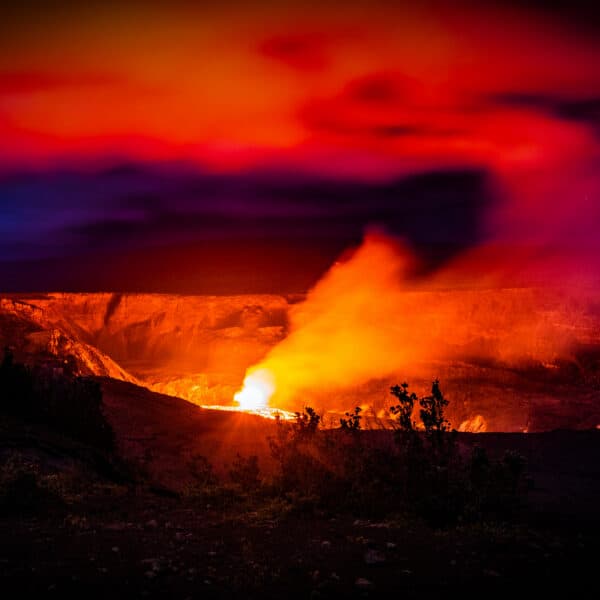
Culture
Fiery Presence
After a brief slumber—Pele is back—and lighting up the night skies over Kīlauea once again.

Environment
Hawaiian Whales
The humpbacks steal the show, but they aren't the only whales in Hawai‘i's waters
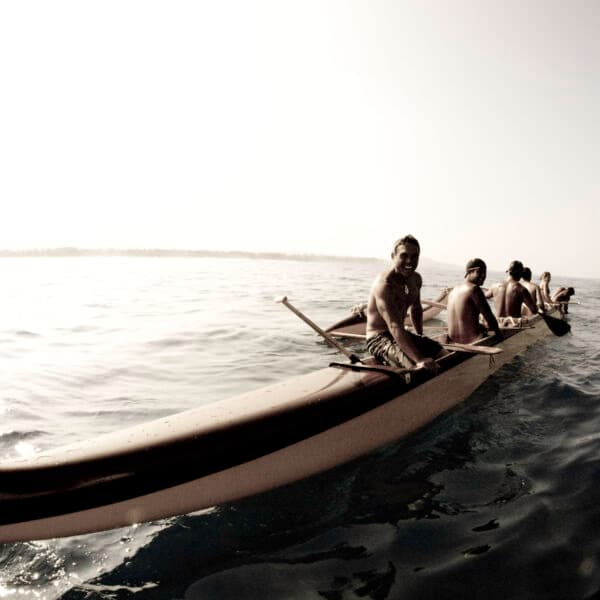
Culture
Then & Now
Hawai‘i’s Legendary Beach Boys
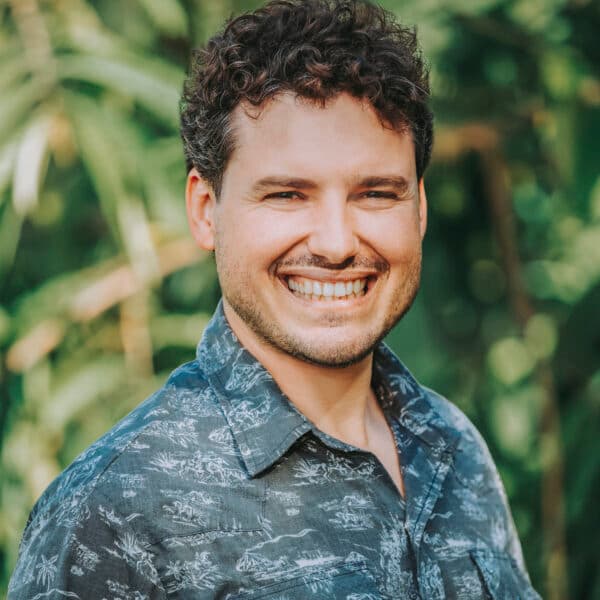
Local Vibe
Local Faves - Jason Cohn
My Hawaii
Features
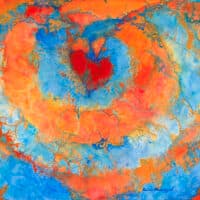
Shop + Style









